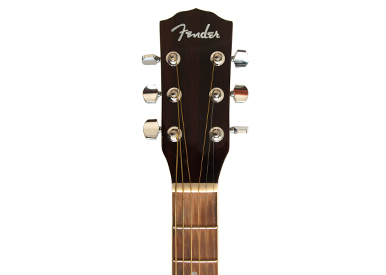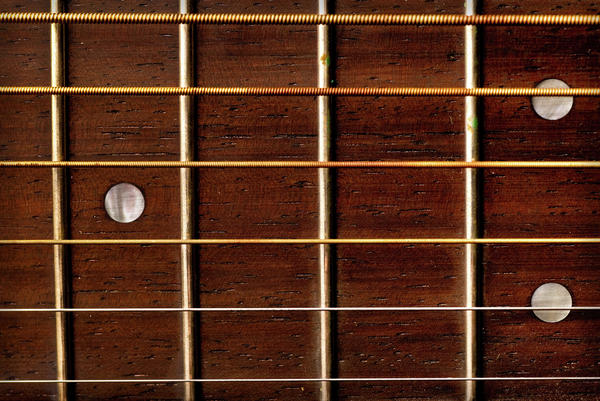Playing Strings
Thursday 27 September 2012
Playing :)
Once you can strum and hold notes it becomes very easy to play notes. Once you can read sheet music or if you already can read sheet music it is so simple to play any song off of any website with tabs. http://www.ultimate-guitar.com/. This is a website of which has free tabs
Monday 24 September 2012
A quick lesson in playing strings
First I would like to thank http://www.wikihow.com/Play-Guitar for the information I will use for this post.
"Every Body Gets Dinner At Eight" or "Easter Bunnies Go Dancing At Easter (going from high E to low E).
Press string down keeping your finger near the edge of the fret. Lean on your finger tips and nothing else, this is to prevent any pain to soft skin on your hands. Having short fingernails is a definite advantage. Depending on which hand you are more dominant with, play using that hand to do strumming and finger picking. Moving from 1 fret to another will change the note to either a sharp or a flat. This makes the note higher or lower. This comes in handy for sight reading. If you put your thumb in the centre of the neck on the back of the fret board it is usually easier to move and change the notes. This also can increase the pressure you put on the strings to make the notes stronger.
(beginnerguitarlessonssite.com)

(guitarcenter.com)

(myguitaring.com)
There are many different ways to count a beat for strumming eg. 1-2-3-4- this can be a simple down strum for all for beats. Another count could be to alternate between up and down on the 1-2-3-4- beat. A more universal strum pattern is down on one, down on two, up on 2 and a half, skip 3 and up on 3 and a half to finish with down on 4 and up on 4 and a half. You can speed up the strum or slow it down, you can even count 8 instead of 4. You should play with your wrist not your arm. There are different types of picks, a thumb pick which wraps around your thumb to give a very stable strum or a finger pick for more precision or even finger strumming with your index or thumb.
Thursday 20 September 2012
Parts of the guitar

(learnhowtoplayguitarforbeginners.com)
This is a close up of the guitar at the end of the fret board of the sound hole.

(alwayscloudyinseattle.blogspot.com)
This is the bridge and the saddle of the guitar, these hold the string in place such as the nut at the top of the fret board.

(guitaristguitarist.com)
This is the head of the guitar with the six tuners, this is for fine tuning on a guitar. This is at the top of the neck which has the fret board on the front. A guitar could have up to 27 frets but average guitars have either 19, 21 or 24 frets. The electric guitar has mainly has between 21 and 24 frets.

(fineartamerica.com)
On an electric guitar the head is also known as the headstock or peghead.
Friday 14 September 2012
The first proper guitar which had strings was made around the year 1256 using animal gut. In 1551, guitars acquired four strings and later developed five. Guitars now have six strings which are tuned in the order of E-A-D-G-B-E. Guitar strings were originally made from animal guts until 1646. In this year nylon strings were introduced to the manufacturing process of guitars.
When steel strings were introduced to the process a new genre was introduced, rock. Along with this came the Fender and Gibson electric guitar. This was first invented by Adolph Rickenbacker in the 1920s in L.A. the setup was finished in 1931 and it was a wooden guitar with six steel strings. It was completely finished by 1941.
Les Paul and the Gibson company joined forces so to speak to create the Gibson Les Paul guitar around the 1950s. In the 1900s string makers began experimenting with bronze, nickel and steel to make the strings for electric guitars. There are two main types of strings; wound and plain. The wound strings have wounded metals around a core to make a strong string. It is made at different thickness to create different vibrations for different notes. The other is plain which is one metal usually made from steel, nylon or animal gut to create the same vibrations as wound strings.
Thursday 13 September 2012
The guitar starts in ancient central Asia and Indian. The tanbur, setar and sitar are it’s earliest versions. They are now part of the family to the modern versions in the Asian region. Usually they are created from various woods and animal guts were used to make the strings. They are now more commonly made from nylon or steel. Arabic قيثارةر qitara, is from the Latin cithara. It came from ancient Greek kithara which can be traced back to Persian, tar, which means strings.
In different European countries, all the translations for the English word guitar, come from the Spanish word guitarra. Examples of this are the German word gitarre and the French word guitar. These all come from the Arabic gitara.The vibrations of the stings create the tone which is increased by the wooden or aluminium body which is like an amplifier. Electric guitars have a target audience with pop culture, it is creating an influence which is making the guitar more interesting in music. The classical guitar used to be played as a solo instrument. It’s played using a fingerpicking technique.
Monday 3 September 2012
Introduction
Hi, I'm Louisa Coates and im in transition year in Dublin, Ireland and I am going to be blogging about the geography of guitars for Envoirmental studies! I will look at its long journey around the world and its oringins and historical movements!!!! But my story of the guitar is not from the point of veiw of a person but from the point of veiw of the strings! Of which aren't only used in guitars but in harps, violins, cellos, violas and the inside of pianos.
I have a person interest in guitars so i can play and can have a different intake to someone who doesn't play. I live in Ireland and guitar and muic are my favourite hobby. I have a big interest so if you want you can ask questions and I will answer as soon as i can!!!
I have a person interest in guitars so i can play and can have a different intake to someone who doesn't play. I live in Ireland and guitar and muic are my favourite hobby. I have a big interest so if you want you can ask questions and I will answer as soon as i can!!!
Subscribe to:
Posts (Atom)